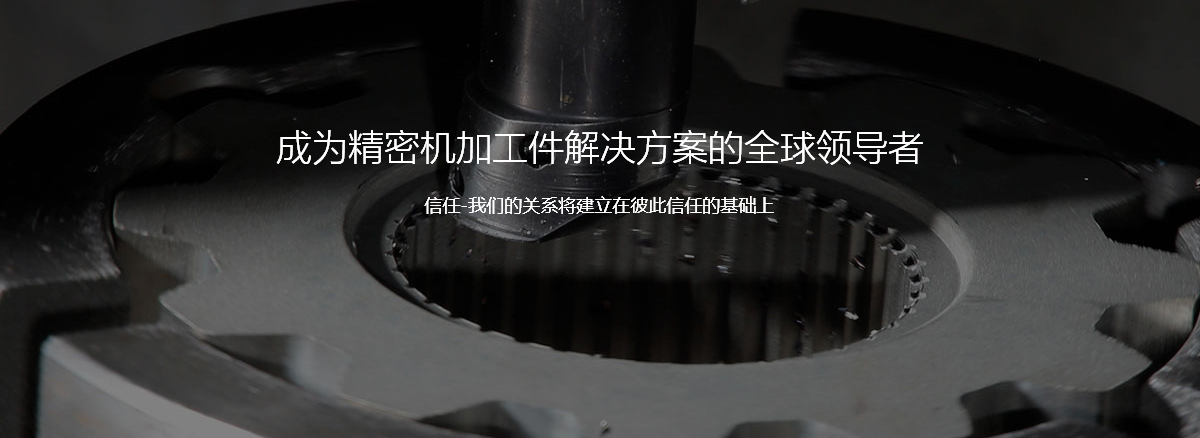Standard self tapping screw identification characters, including symbols representing the shape of threads and tails. Self tapping screws have one or two characters representing threads to represent mechanical threads or wide threads (SPACED). If there is an identifying character "B", it represents a wide threaded screw. The symbol 'B' represents mechanical threads, and the character at the end is used to distinguish self tapping screws from thread forming, cutting, rolling, or self drilling.
Mechanical threads, like British and American unified threads, have a thread angle of 60 degrees and the same pitch as coarse and fine threads. If the screws are lost or needed after disassembly, standard screw fasteners can be used instead.
Wide threads have a thread angle of 60 degrees, but their pitch is wider, and due to their wide pitch, their threads are steeper, resulting in a larger screw lead than mechanical threads. There is another type of thread specifically used for plastic, with a thread angle of 48 degrees, commonly known as PT screw.
Thread forming self tapping screws A, AB, B, BP, C and other types have gradually been replaced by thread rolling self tapping screws, so it is not recommended to use them in new designs. AB, B, and BP differ only in their tail shape. AB has a threaded cone tail, B has a blunt tail, and BP has an unthreaded cone tail. The center of the pointed tail enters the pre drilled hole and begins to shape the thread. Thread cutting self tapping screws come in the forms of BF, BP, D, F, G, and T. BF and BP are wide threads, while the rest are mechanical threads.
The difference in identifying characters lies in their cutting tails. Each cutting tail has a shape that can collect waste material from the cutting. If the self tapping screw is screwed into a blind hole (a non penetrating hole), its fragments will remain and be sealed at the bottom of the hole. But if the through hole is penetrated, the waste material will fall on the other side of the workpiece. So when choosing this type of self tapping screw, it is necessary to consider this, as waste may cause pollution, fall into running parts, or make the electronic substrate unable to operate.
All thread rolling self tapping screws are mechanical threads, which are the same as the coarse threads of British and American unified threads. Please refer to SAE J81 regulations. Metric threads refer to SAE J1237 and DIN7500 regulations.
There are two types of drilling tail tapping screws: cutting wide thread BSD and mechanical thread CSD. There are also special thread types, including high and low double threads, and various drilling tails are also applicable. Due to the nature of drilling tail and thread, drilling tail screws are not suitable for blind hole operations. When assembling self drilling screws, the drilling tail must fully penetrate the workpiece before thread cutting or forming can be carried out, so there are usually some debris. If thread cutting type threads are used again, debris is inevitable. Therefore, this issue must be considered in practice. For BSD and CSD drill tail screws, please refer to the regulations of SAE J78 and DIN7504 (wide thread).


